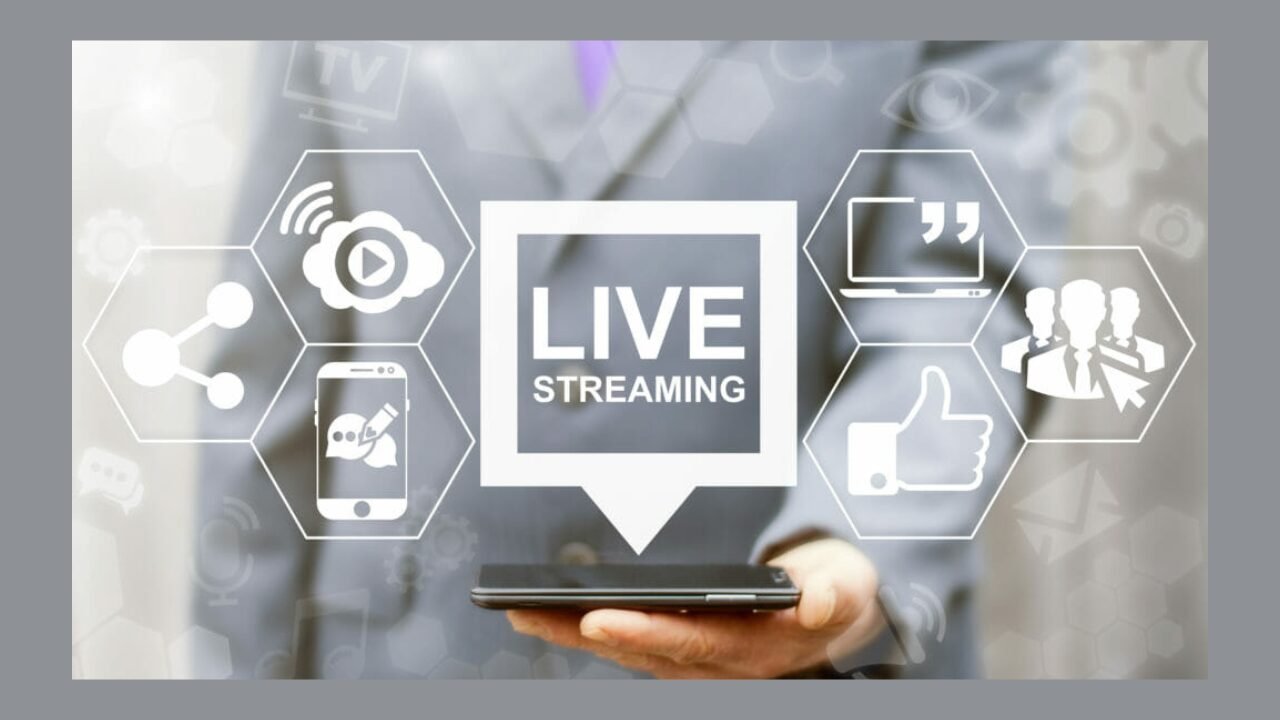Choosing the Right Live Streaming Software and Video Resolution for Your Content

With the rise of content creators, educators, businesses, and influencers going live, live streaming software has become a vital tool in digital communication. Whether you’re hosting a webinar, teaching an online class, or broadcasting a live event, the software you choose—and the video resolution you stream in—can make or break your audience’s experience.
Let’s explore what live streaming software does, how video resolution affects stream quality, and how to select the best setup for your needs.
What Is Live Streaming Software?
Live streaming software is a tool that helps capture, encode, and broadcast live video and audio over the internet. It serves as a link between your recording devices, such as cameras and microphones, and your chosen streaming platform. Whether you’re streaming to your website, a video hosting provider, or platforms like YouTube, the right software ensures smooth delivery of your live content.
Live streaming tools can be desktop applications, cloud-based platforms, or even mobile apps. They typically include features like:
- Input capture from webcams, DSLR cameras, and microphones
- Scene transitions, overlays, and branding
- Stream encoding and bitrate control
- Integration with chat, screen sharing, and browser sources
- Stream recording for later playback
Some tools are designed for professional productions, while others offer simplicity for beginners. Depending on your use case, you may choose software that is lightweight and intuitive, or one that supports complex workflows with multiple sources and guests.
Understanding Video Resolution in Live Streaming
When live streaming, video resolution refers to the number of pixels in each frame of your video. Common resolutions include 720p (HD), 1080p (Full HD), and 4K (Ultra HD). Higher resolution provides more detail and clarity, but also demands greater bandwidth and stronger encoding.
Choosing the correct resolution relies on two main factors: your audience’s devices and your internet connection speed. For instance, a lecture streamed in 720p might be perfect for students on mobile data, whereas a cinematic live event might look best in 1080p or even 4K if your setup can handle it.
Keep in mind that resolution works hand-in-hand with frame rate and bitrate. Streaming in 4K with a low bitrate won’t look any better than 1080p at a decent bitrate. That’s why many live streamers optimize their stream based on audience needs rather than maxing out every setting.
Best Practices for Picking Streaming Software
When selecting your live streaming software, here are a few key questions to ask:
Is it compatible with your devices and platform?
Some software works best with specific operating systems or integrates more effectively with certain streaming services.
Does it support your desired resolution and bitrate?
Make sure the tool allows for customization of output settings, especially if you’re targeting high-definition or multi-quality streams.
Is there built-in support for overlays, transitions, and branding?
This helps make your streams visually engaging and aligned with your brand.
Do you need multi-streaming or guest integration?
If you plan to stream to multiple platforms simultaneously or bring in remote speakers, ensure the software offers these features.
How easy is it to use?
If you’re just getting started, look for software with a user-friendly interface and helpful tutorials. Professionals may prefer software with advanced scene routing and automation.
Matching Software with the Right Resolution
Not all live streaming software handles video resolution equally. Some automatically adapt based on your network bandwidth, while others let you manually configure encoding presets. Ideally, your software should give you complete control over resolution, frame rate, and bitrate, and should support adaptive streaming if you expect viewers from varied internet environments.
For educational live streams, 720p at 30 frames per second (fps) often offers the best balance of quality and accessibility. For events, 1080p at 60fps might deliver the crispness needed for action or stage visuals. If you’re streaming premium content to paying users, offering multiple resolution options (adaptive bitrate streaming) is ideal to ensure smooth viewing on all devices.
READ MORE
Final Thoughts
The success of your live stream relies mainly on the video quality and the reliability of your software. By selecting the right live streaming software and optimizing your video resolution according to your audience and technical setup, you can ensure a seamless and enjoyable viewing experience for your viewers.
Whether you’re a developer building a new platform, a teacher connecting with students, or a creator going live for your audience, investing time in the right tools and settings can elevate your content from average to exceptional.
For a secure and professional live streaming experience with multiple resolution options and DRM protection, explore solutions like vdocipher.com.
